PPT-Why Does Attendance Matter for Achievement?
Author : jane-oiler | Published Date : 2017-03-30
What we know from research around the country Why Does Attendance Matter Developed by Annie E Casey Foundation amp Americas Promise Alliance For more info go to
Presentation Embed Code
Download Presentation
Download Presentation The PPT/PDF document "Why Does Attendance Matter for Achieveme..." is the property of its rightful owner. Permission is granted to download and print the materials on this website for personal, non-commercial use only, and to display it on your personal computer provided you do not modify the materials and that you retain all copyright notices contained in the materials. By downloading content from our website, you accept the terms of this agreement.
Why Does Attendance Matter for Achievement?: Transcript
Download Rules Of Document
"Why Does Attendance Matter for Achievement?"The content belongs to its owner. You may download and print it for personal use, without modification, and keep all copyright notices. By downloading, you agree to these terms.
Related Documents




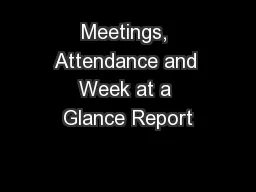
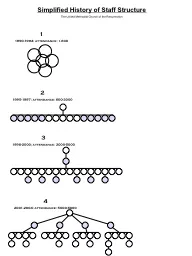
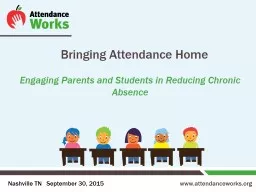

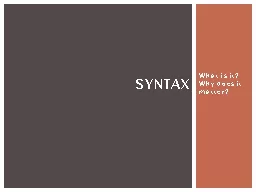
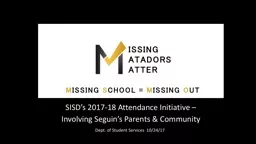



![[BOOK]-Status: Why Is It Everywhere? Why Does It Matter?: Why Is It Everywhere? Why Does](https://thumbs.docslides.com/956296/book-status-why-is-it-everywhere-why-does-it-matter-why-is-it-everywhere-why-does-it-matter.jpg)
